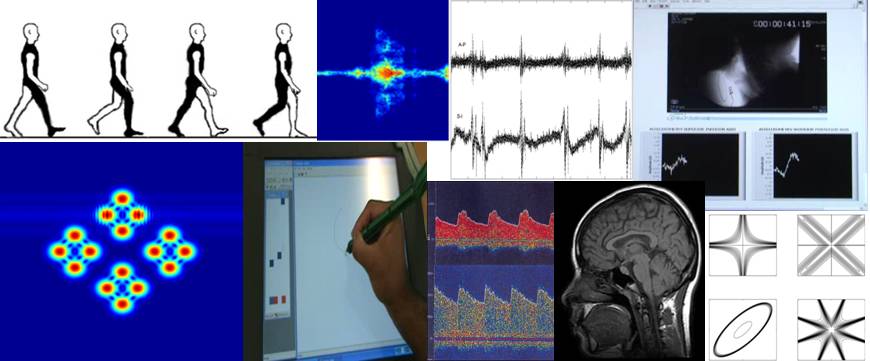Understanding the statistical persistence of dual-axis swallowing accelerometry signals
September 1, 2011
Swallowing accelerometry is a biomechanical approach for the assessment of difficulties during deglutition. However, the effects of various swallowing tasks and different anthropometric/demographic variables on the statistical behavior of these accelerometric signals are unknown. In particular, to understand the statistical persistence of these signals, we used detrended fluctuation analysis (DFA) to analyze accelerometric data collected from 408 healthy participants during dry, wet and wet chin tuck swallowing tasks. The results of DFA were then examined for potential influences of age, gender or body mass index. Several important conclusions were reached. First, the strongest persistence was observed for the wet chin tuck swallows. Second, the vibrations in the superior–inferior (S–I) direction generally have stronger temporal dependencies than those in the anterior–posterior (A–P) direction. Both of these phenomena can be attributed to the dominating influence of head movements on the amplitude of vibrations in the S–I direction. Third, gender, age and body mass index of the participants did not impact the observed persistence for dry and wet chin tuck swallows, while a gender effect was identified for wet swallows. In particular, male participants experienced more Brownian-like statistical dependencies in their swallowing signals. Future developments in the field should attempt to remove signal components associated with strong statistical persistence, as they tend to be associated with non-swallowing phenomena.
This material is presented to ensure timely dissemination of scholarly and technical work. Copyright and all rights therein are retained by authors or by other copyright holders. All persons copying this information are expected to adhere to the terms and constraints invoked by each author’s copyright. In most cases, these works may not be reposted without the explicit permission of the copyright holder.



